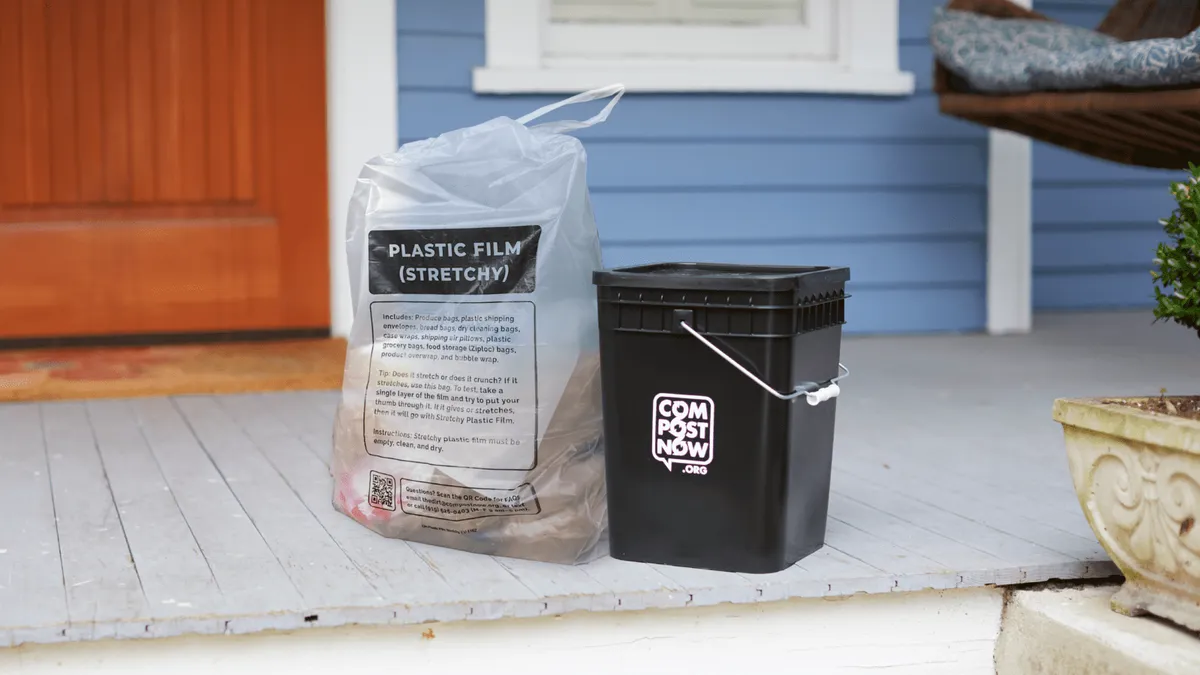Dive Brief:
- In January, orders for heavy-duty trucks rose to their highest monthly levels since March 2006, DC Velocity reported.
- FTR, which tracks commercial fleet activity, reported net new orders grew to 47,200 units in January, a 28% increase from December, and 116% higher than in January 2017. American Central Transport (ACT), another industry tracker, reports gains of 41% since December and roughly 107% YoY.
- The higher than usual order activity is attributed to a growing supply versus demand imbalance, as tight capacity, intensified by the industry's reaction to the Electronic Logging Device (ELD) mandate, as well as more stringent federal food transport compliance standards, is driving away owner-operators who formerly hauled food.
Dive Insight:
The convergence of capacity shortages with new laws is having a serious impact on the trucking industry.
Industry pundits have warned of a coming capacity crisis for months, affecting not only 3PLs, but manufacturers who were already generating greater output even before the new tax laws came into play.
Ripples are appearing all throughout the industry; increased truck orders are a symptom, experts say.
"Capacity utilization is near 100%, so carriers see the opportunity to acquire additional business by expanding their fleets," Avery Vise, vice president of trucking research at FTR, told Supply Chain Dive.
Spot market rates are likely to feel the impact of additional vehicle purchases, as well.
"We expect that active truck utilization will remain high throughout the year and that spot-market rates will remains strong as well," Vise said. "The economy is growing faster than expected, and this is creating more freight than expected."
As a result, change is unlikely to come soon.
"Even with fleet growth, capacity will remain fairly tight because of strong freight demand," Vise said. "However, the commitment to buy additional trucks will also place even greater stress on the very tight supply of drivers. We expect driver wages and incentives to continue to grow through the year. Fortunately, the recent tax reform package provides some resources for carriers to do that."













